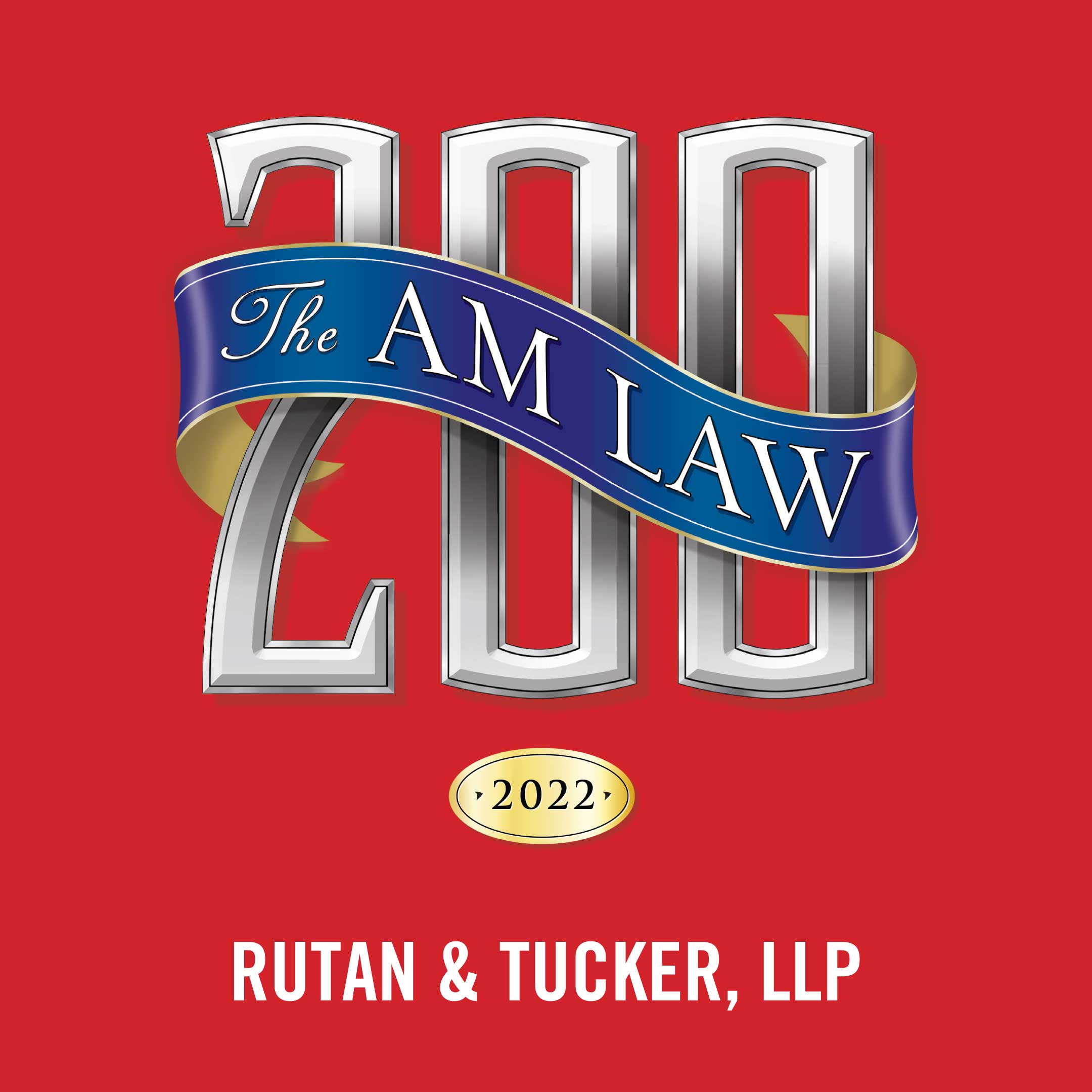PALO ALTO, Calif., October 18, 2013 – Holding that a city’s demand that developers set aside a certain percentage of units in a housing development to be sold at below market rates (BMR) constituted an exaction for purposes of the Mitigation Fee Act, a unanimous decision issued by the California Supreme Court on October 17 in Sterling Park, L.P. v. City of Palo Alto reverses an earlier court of appeal ruling.
Led by Partner Dave Lanferman, attorneys at Rutan & Tucker, LLP, one of California’s largest full-service law firms, represented the developers in the case that involved Sterling Park by Classic Communities, a 96-unit townhouse style condominium development in Palo Alto.
The Court held that the City of Palo Alto’s demands that developers set aside a certain percentage of “inclusionary housing” units at below-market-rate sales prices and pay substantial additional fees should have been subject to existing state legislation governing challenges to fees and other exactions imposed as conditions of development approval.
The Court concluded that the City’s demands were a form of land use exactions, and therefore were within the broad scope of the protest remedies, and that the lower courts had erred by refusing to apply the protest statutes. The Legislature enacted these protest statutes in the 1980s to allow any party to protest “any fees, dedications or other exactions” imposed on a development by paying or performing under protest, and continuing with work on the project without waiving the legal challenge to unjustified or unreasonable demands.
By way of background, as a condition of approving the Sterling Park project, the City had demanded that 10 units be set aside for sale at below-market prices and that the developer make a substantial payment of fees to a City housing fund. When the homes were ready to be sold, the developer filed a timely notice of protest, and when the City failed to respond, filed suit challenging the City’s demands and paid the fees under protest. The City argued it should have been filed earlier, within 90 days of when the subdivision map for the project had been approved. The trial court agreed, and dismissed the action. The appellate court affirmed the dismissal, and wrote that the City’s demands on the project were not the type of exactions that were subject to the protest statutes, because they were ostensibly not imposed by the City to defray the costs of public facilities made necessary by the development.
“This is a significant decision because it confirms the broad scope of the statutory protest remedy and explains the Legislature’s purpose in providing it so that work on approved development projects may continue without waiving the right to test the validity of excessive or unjustified fees and exactions in court,” said Lanferman. He said this is the first Supreme Court decision directly holding that inclusionary housing requirements such as the BMR housing and in lieu fees demanded by the City are a form of land use exaction, within the statutory reference to “any fees or other exactions” that may be protested without cessation of work on the development project.
The decision is also the Court’s first to define development exactions and to differentiate such exactions, which “divest a builder of money or a possessory interest in property” from more common land use regulations of the kind that restrict “the manner in which property may be used.” Lanferman suggested that the distinction affects not only the types of remedies which may be sought to review development conditions, but may also affect the statutory and constitutional standards that must be satisfied by a local government in order to establish or impose valid requirements as conditions of development approval.
Lanferman’s practice emphasizes real estate development, land use approvals, entitlements, housing development, and a wide range of real estate-related litigation. His land use expertise includes CEQA compliance and litigation, environmental mitigation and development impact fees and conditions of approval, planning, zoning and subdivision approvals and regulatory compliance. His extensive real estate litigation experience includes CEQA challenges, development fees, environmental, air quality, and water resources regulations, eminent domain and inverse condemnation, administrative hearings and appeals, and a wide range of land use writs and appeals.
About Rutan & Tucker LLP
Rutan & Tucker is California’s largest full-service law firm headquartered in Orange County, California with offices in Costa Mesa and Palo Alto. Primary practice areas include business and real estate litigation, corporate and securities law, labor and employment law, intellectual property, real estate, municipal and government agency law, land use law, bankruptcy, condemnation and property valuation, environmental law, and taxation and estate planning. Detailed information about the firm is available at www.rutan.com.



